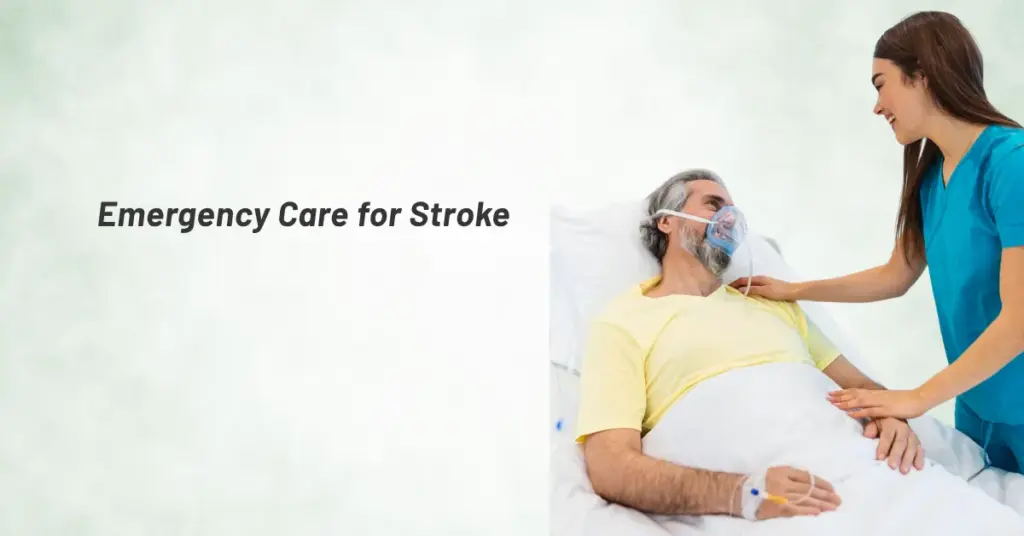When a stroke strikes, every second counts. A stroke happens when blood flow to the brain is blocked or reduced, causing brain cells to die within minutes. Quick action can save lives and improve recovery outcomes. That’s why knowing how to respond and recognizing the FAST stroke symptoms is crucial for everyone.
Why Emergency Care for Stroke Matters
Providing immediate emergency care for stroke can mean the difference between a full recovery and long-term disability. Strokes are a medical emergency, and any delay in treatment can lead to irreversible damage to the brain. Whether you’re at home, at work, or in a public place, understanding the signs of a stroke and acting fast can save a life.
How to Recognize FAST Stroke Symptoms
The easiest way to remember the signs of a stroke is with the acronym FAST:
- F – Face drooping: Ask the person to smile. Does one side of the face droop?
- A – Arm weakness: Ask them to raise both arms. Does one arm drift downward?
- S – Speech difficulty: Is their speech slurred or hard to understand?
- T – Time to call for help: If you notice any of these signs, call emergency services immediately.
These FAST stroke symptoms are the most common warning signs, and they demand immediate medical attention. Never wait for symptoms to go away on their own.
Why You Must Act Quickly During Stroke
Acting within the first few minutes or hours of a stroke can prevent serious brain injury. Some treatments, like clot-busting medication, must be given within a specific window of time to be effective. That’s why it’s so important to act quickly during stroke and get the person to the nearest hospital equipped for stroke emergency response.
Other Signs of a Stroke to Watch For
In addition to FAST, here are some other symptoms to watch out for when recognizing a stroke:
- Sudden confusion or trouble understanding
- Sudden trouble seeing in one or both eyes
- Sudden dizziness, loss of balance, or coordination
- Sudden, severe headache with no known cause
If you notice any of these alongside the FAST stroke symptoms, seek emergency help without delay.
Final Thoughts
A stroke is a race against time. Recognizing the signs early and providing emergency care for stroke gives the best chance of survival and recovery. Learn the FAST acronym, stay calm, and don’t hesitate to call emergency services if you suspect a stroke. Your quick action could save someone’s life—or even your own.

